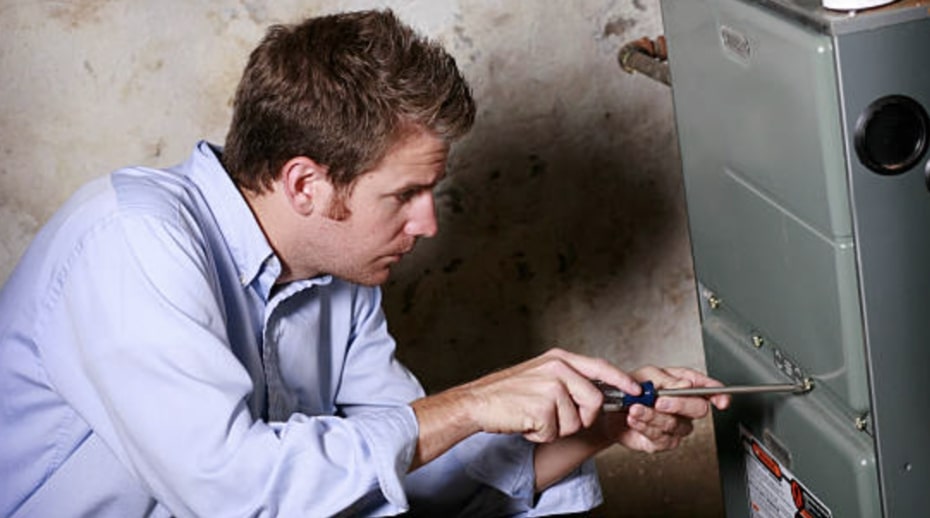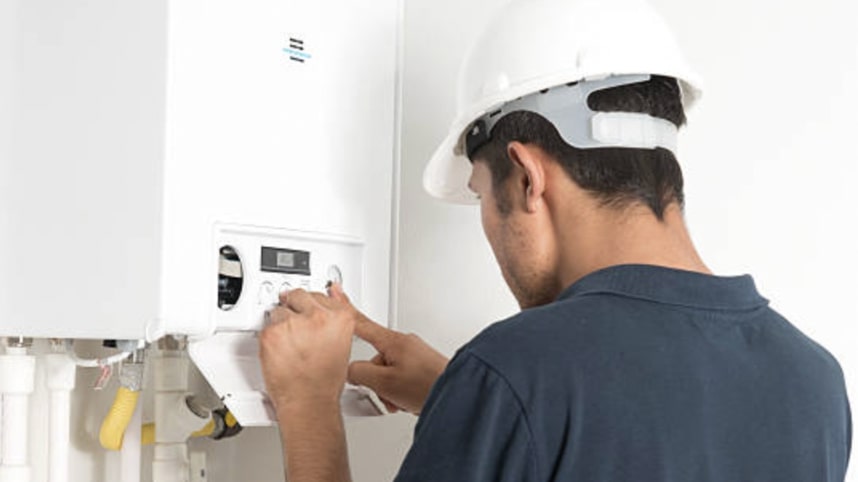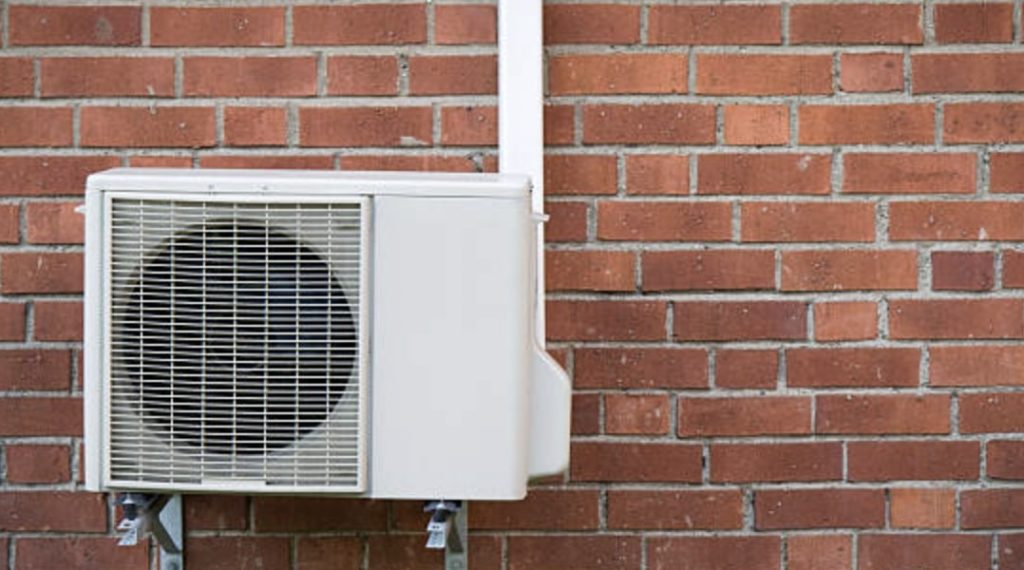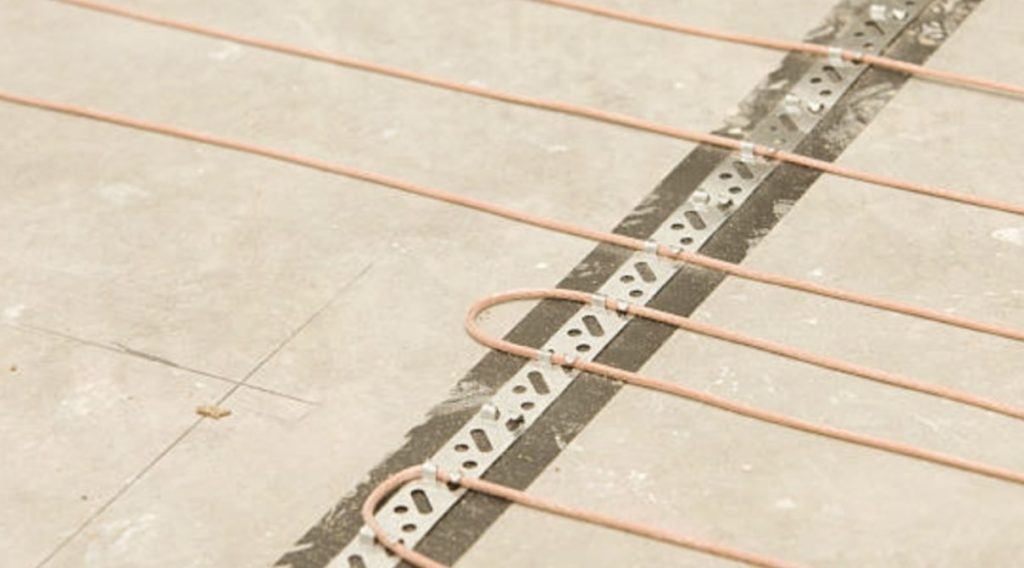In the medieval period (500s to 1500s), clay stoves were the prevalent heating mode of homes. In the Renaissance (1300s to 1600s), also called the age of rebirth, a central heating furnace using river water was used.
Fast forward to the 50s and 60s, people were able to use various types of furnaces and boilers to bring warmth, comfort, and relaxation to their houses and workplaces.
And now, people have considerably even more heating options suiting their needs and budgets well. We’ll be discussing some of them in this guide today.
So, here are several types of home heating systems as well as their benefits and drawbacks. We hope this guide will help you find the right heating unit to use.
1) Furnace

Many western houses use furnaces to heat their homes during the cold months. A furnace is equipped with a fan and burner to transport warm, conditioned air to different rooms through its ductwork.
It’s usually installed in a large and well-ventilated space in basements and garages. However, it can also be set up in one’s attic or stockroom connected to an electrical or gas line.
Also, this heating unit mostly shares its blower and duct passages with air-conditioning units. That way, homeowners can get a continuous supply of cool air in the summer or on regular hot days.
Benefits: Can be powered by gas, propane, oil, and electricity; combines heating and cooling units in one system
Drawback: Can explode or emit poisonous carbon monoxide, can take up a lot of space, can be a fire risk (gas furnaces)
2) Boiler

Boilers are the second most common home heating units behind furnaces.
Powered by gas or another fuel source, boilers heat the water that they receive in their internal chamber. The heat from the water is then spread out the house.
In addition to heating, boilers can also cool the room through the reversal of the previous process. Their drawback is that they aren’t as effective in heating larger spaces, unlike furnaces.
Benefits: Can be powered by gas, propane, biodiesel, oil, and electricity; gives comfortable air with sufficient moisture
Drawback: Works separately from air-conditioning units, not as effective in heating larger spaces
3) Heat Pump

Most modern homes have versatile heat pumps in them. As opposed to an air conditioner, these units can both heat and cool a room.
However, they use a similar system to that of air conditioners, which extracts surrounding warm air from outside and converts it into a full blast of relaxing cold air inside your home.
Along with the unit, an outdoor compressor unit will have to be placed outside the room or on a balcony if the person lives in an apartment or condominium.
Benefits: Uses electricity or natural gas to generate power, no ducting work is needed, can provide excellent heating and cooling
Drawback: Expensive to buy, may not heat very well in extremely cold weather
4) Underfloor heater

As the name suggests, an underfloor heater is built within the wood, tile, or concrete floor. It gives great, efficient, and even heating throughout the room.
The heat either comes from plastic tubes or electrical wires depending on your floor type. And unlike other heaters, in-floor heaters work silently so they won’t disturb you as you work or sleep at night.
Benefits: Uses natural gas, propane, electricity, or a solar power source; gives comfortable and even heating; energy-efficient; operates silently
Drawback: Slow to heat up or adjust to your current temperature, floors may need to be uninstalled if the unit has an issue




